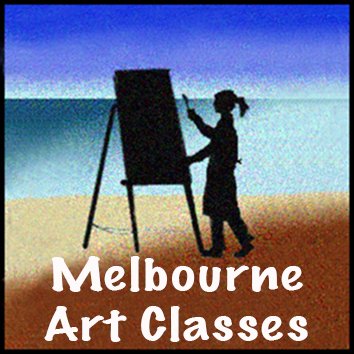drawing eyes
Remember that the eyes have about an eye width between them and on each side, making 5 eye widths across the head. Also note that if you divide the length of the head into 10, the eyes sit on average around or over the 5 mark.
Start by drawing an almond-type shape but in general,
the top curve will be more arched than the bottom curve
The iris is perfectly round, it may help to start practising drawing
the whole circle and then erasing the part behind the lids. Then draw
a smaller round circle for the pupil.
The upper lid varies on every face, just draw what you see or what you want.
The eyebrow is on average one place (out of 10) above the eye.Of course this is a variable to observe as well when trying to get likenesses.
Shading the iris is quite effective with unblended concentric strokes (which imply the tiny muscle which is what the iris actually is). Shading in the line of the upper lid is more soft and blended. The whites of the eye are rarely all white, measure these light tones, shade them to show the curve of the eyeball and save the white for the highlights
There are many different styles when it comes to drawing eyes and you can develop your own as well with practice and experimentation but…. To get a good likeness in a portrait situation, every millimetre counts, so observation of each and every feature and angle on and around the eye is the most important skill to conquer first.
It is good practice to draw as many different types of eyes in as many different styles as you can find
Draw them from many angles once you feel you are improving at drawing front-on eyes. Seek out references with eyes to practice
A painting of an eye (outer side view) in acrylic
MORE TIPS TO REMEMBER WHEN DRAWING AND PAINTING EYES (revision from foundation drawing course)
1) Always add some shading to the whites of peoples’ or animals’ eyes. (and then remove any reflected light with your sharpest-edged eraser). My favourite is the Derwent battery-operated, but slicing a sharp edge off a gum eraser can be effective for tiny eraser jobs. (your kneadable eraser is good for smoothly ‘blotting’ tone off in cheeks etc.)
2) In a graphite or charcoal portrait, use tones to imply the colour of the iris of an eye, and by using different values you can show that brown eyes are very dark in value, almost as dark as the pupil. Hazel, mid-blue, or green eyes are mostly shaded with middle values. Pale blue, green, or grey eyes are very light in value and contrast sharply with the dark pupil.
r] The eye on the right is not super refined yet, but it shows the following (in spite of being imagined, not drawn from life)
* direct and reflected light on the iris, pupil and sclera, cast shadow from lashes, form shadow of the eyeball (sclera)
* The lower inner lid is clearly shown
* top & bottom lashes vary in length and thickness
* The tonal hatching/shading implies iris muscle and also implies a light-coloured eye.
* NB. the iris is a tad super-sized, this is a personal thing, not all artists exaggerate eyes (I started drawing eyes as a little child and they were the most important thing at the time to me, other than horses, hence this habit developed and stuck).






